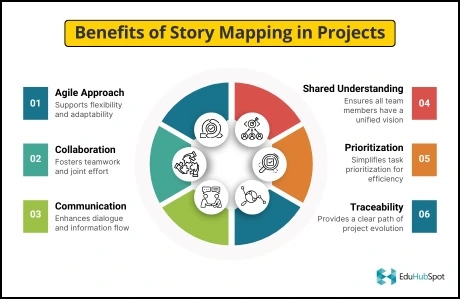Digital Product Strategy Essentials for Ecommerce Brands
In this blog, you will learn why ecommerce brands need a clear ecommerce digital product strategy to grow and stand out. It explains how to plan features based on customer needs, use data for better decisions, and choose the right tech stack.
You will also understand key elements like API integration, cloud support, user testing, and agile planning. The blog gives simple guidance to build stronger products that match market demand and improve your online store performance.
#EcommerceDigitalProductStrategy
https://shivlab.com/blog/why-ecommerce-needs-tailored-digital-product-strategies/
In this blog, you will learn why ecommerce brands need a clear ecommerce digital product strategy to grow and stand out. It explains how to plan features based on customer needs, use data for better decisions, and choose the right tech stack.
You will also understand key elements like API integration, cloud support, user testing, and agile planning. The blog gives simple guidance to build stronger products that match market demand and improve your online store performance.
#EcommerceDigitalProductStrategy
https://shivlab.com/blog/why-ecommerce-needs-tailored-digital-product-strategies/
Digital Product Strategy Essentials for Ecommerce Brands
In this blog, you will learn why ecommerce brands need a clear ecommerce digital product strategy to grow and stand out. It explains how to plan features based on customer needs, use data for better decisions, and choose the right tech stack.
You will also understand key elements like API integration, cloud support, user testing, and agile planning. The blog gives simple guidance to build stronger products that match market demand and improve your online store performance.
#EcommerceDigitalProductStrategy
https://shivlab.com/blog/why-ecommerce-needs-tailored-digital-product-strategies/
0 Comments
0 Shares
826 Views
0 Reviews











